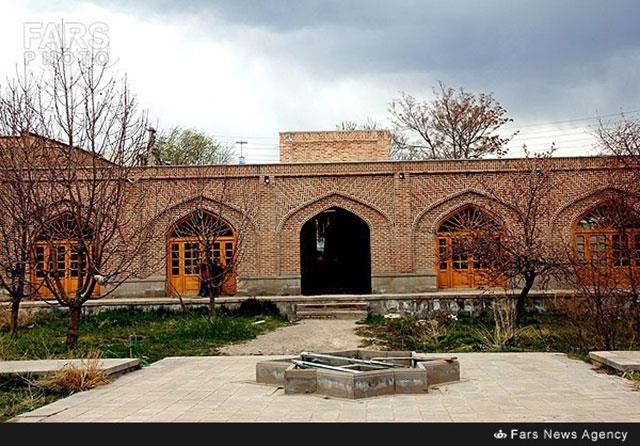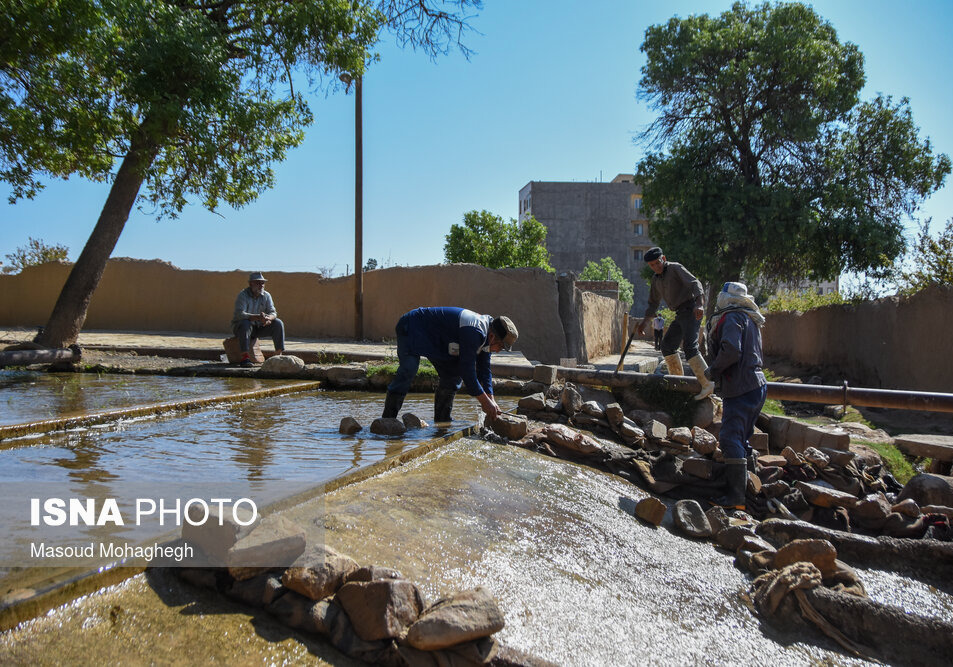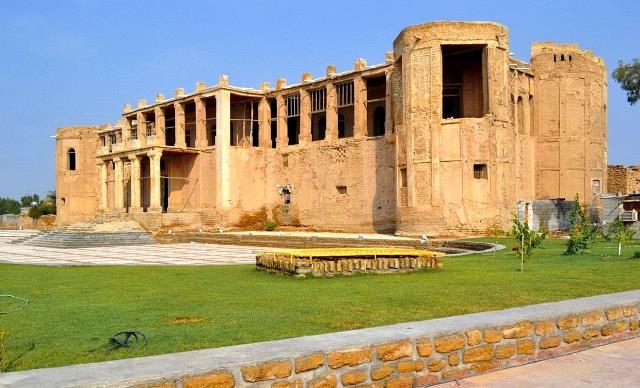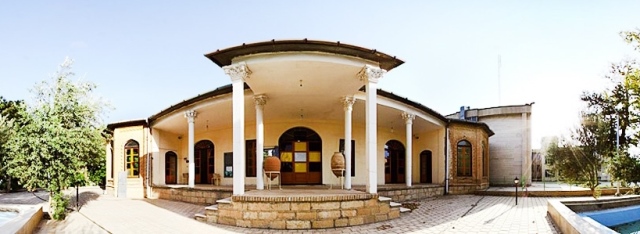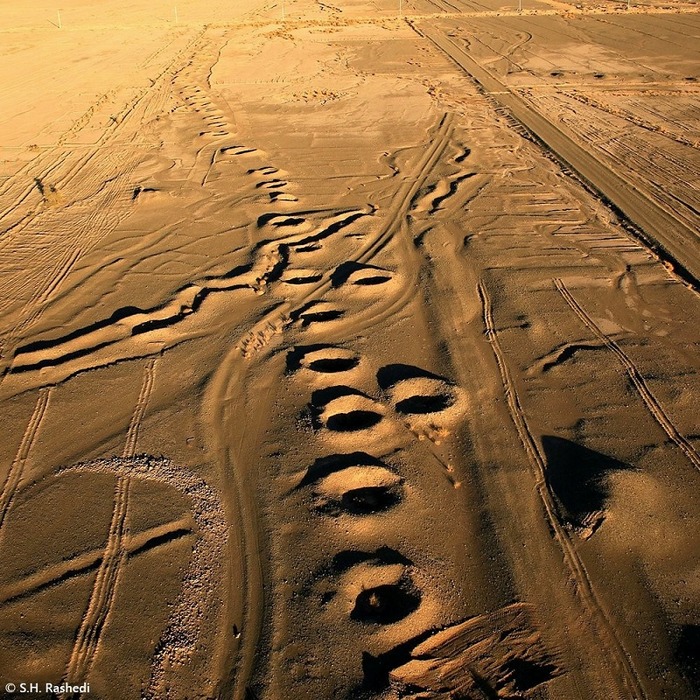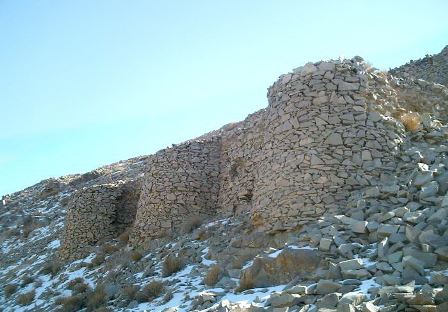
Watermills of Barzok
Knowledge and skills are one of the branches of intangible cultural heritage, which are widespread in different fields, from the design of tools to the construction and operation of buildings. Hence, the knowledge and techniques of architecture can be considered one of the elements of cultural heritage. Keeping in view the special attention paid to intangible heritage at the global level, historical knowledge and traditions in the field of architecture have been looked at with a new perspective in recent decades. Iranian architecture, too, has always come up with special and unique techniques, the manifestation of which can be seen in the watermills of Barzok.
Where Is Barzok Located?
Barzok is one of the cities of Kashan County in Isfahan Province and it is 51 km away from Kashan City. Located on the slopes of the Karkas Mountain Range in the west of Kashan, Barzok has a mountainous geography.
The geographical conditions of Barzok have turned it into a resort area with very cold winters and mild and pleasant summers. The people of Barzok are hardworking and hospitable and mostly engaged in agriculture and horticulture. Walnuts, almonds, and other orchard products are known as the main products of this region. The blackberries of this city are grown in a special way and their taste is very special and that is the reason, the knowledge and skill of growing and harvesting this product has been inscribed on the list of Iran’s intangible national heritage. Also, a large part of agricultural land in Barzok has been allocated to the cultivation of roses, which has made this area one of the main producers of rose water in Kashan.
The location of Barzok in a mountainous area has influenced the architecture of this region. In some parts of Barzok, the houses are built in the low and high places of the mountain slopes in a stepped form such that the roof of each house is considered the courtyard of the upper house. Usually, in this part of Barzok, the houses are small and two-story. The roof of these houses is made of wood and is flat.
Architecture Features of the Watermills of Barzok
Water being an element that plays an essential role in the continuation of the life of living beings, has made humans invent many technologies for using it in different ways in their lives. Watermill is one of these technologies that has been popular in almost all regions of the world. The technology used in these mills in different places is largely similar, but the architecture of these mills differs in some details. For example, the depth of the tank (place of water accumulation) of the mills varies between five and 10 meters according to the existing conditions.
It is said that there were more than 200 water springs in Barzok in the past. Although, some of these springs have dried up, however, the existing conditions are still suitable for the functioning of watermills. Barzok watermills are of blade and gutter type, which consist of a tank, blade wheel, and upper and lower stones as its main components.
Among the millstones, the bottom stone is fixed and the top stone varies and rotates. There is a hole in the middle of the underlying stone so that a strong iron rod can be inserted into it. This rod is connected to the upper stone and the wheel. The wheel has 15 to 17 wooden spokes and is placed under the underlying stone in a space with an area of about two square meters. There is an opening called “Zanburak (lit. small bee) in front of the blades, almost at the bottom of the tank through which water flows towards the blades with a high pressure and makes the impeller move. The force of rotation of the wheel is transferred to the main stone through the rod. With the rotation of the stone, the grain is pounded between the two stones and turns into flour.
In the past, Barzok had 13 watermills, of which only two mills are currently active. Despite their simple appearance, these mills have preserved a world of ancient engineering and architectural skills and techniques, which involve accurate calculations. For example, if the bottom and top stones get imbalanced even as thick as a sheet of paper, grain grinding will not be done well.
Advantages of Watermills
In watermills, wheat is completely transformed into flour along with bran. Therefore, the flour of these mills is more complete than industrial flour and has more nutritional value. Another advantage of watermills compared to industrial mills is their moderate rotation speed, which makes the wheat not hot. Whereas, heating wheat in industrial mills destroys some of its useful substances. These features together have made watermills continue to exist in Barzok and the flour produced by them is used by many people of the region.
Inscription of Watermills of Barzok on the List of National Heritage
One of the basic conditions for being inscribed on the list of national intangible heritage is to be alive and functional. Due to the fact that the watermills of Barzok are still active and a set of knowledge of water resource management has been used in their architecture, the knowledge and skill of the construction of watermills of Barzok were inscribed on the list of Iran’s intangible national intangible in the year 2021 AD.
| Name | Watermills of Barzok |
| Country | Iran |
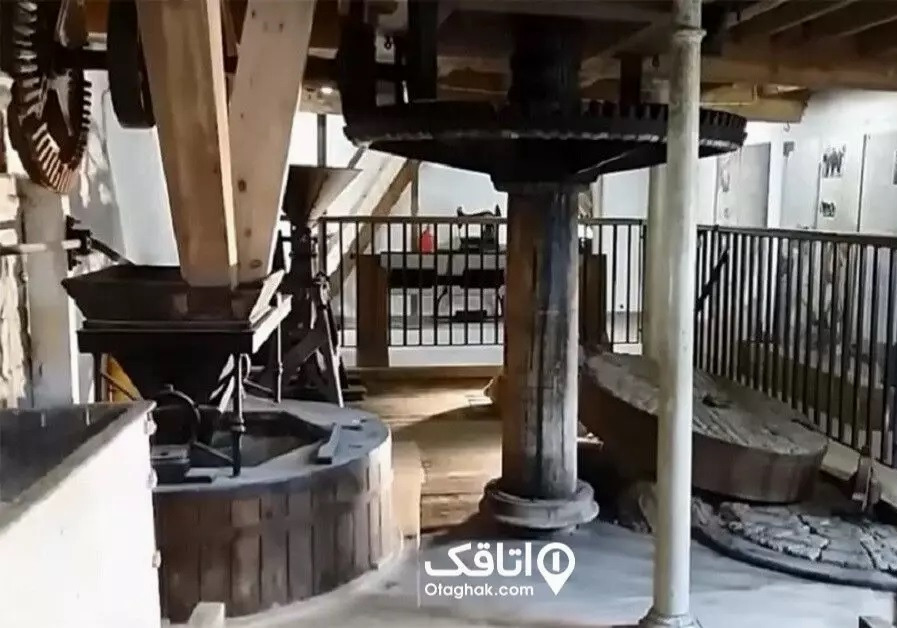

Choose blindless
Red blindless Green blindless Blue blindless Red hard to see Green hard to see Blue hard to see Monochrome Special MonochromeFont size change:
Change word spacing:
Change line height:
Change mouse type:
